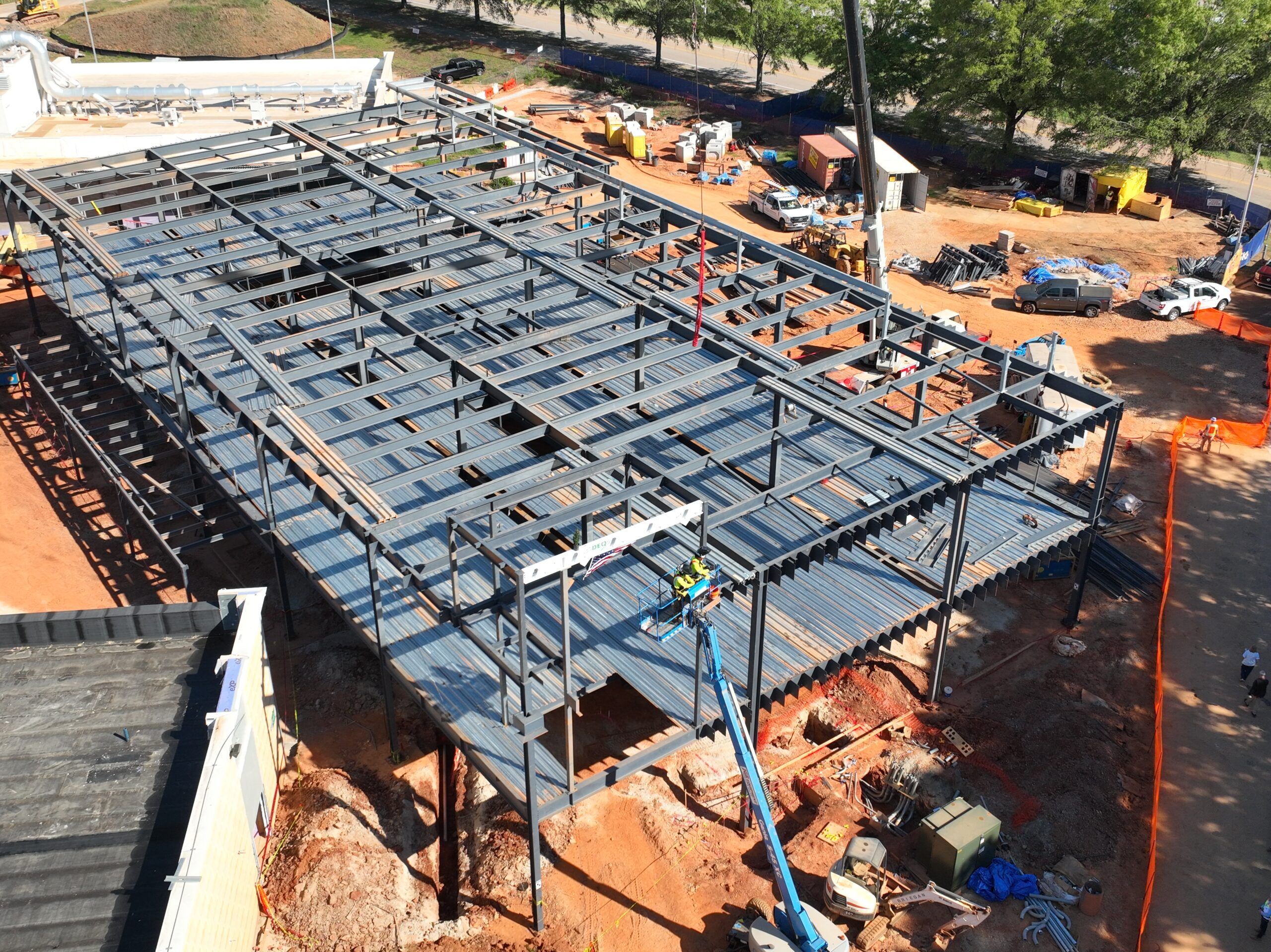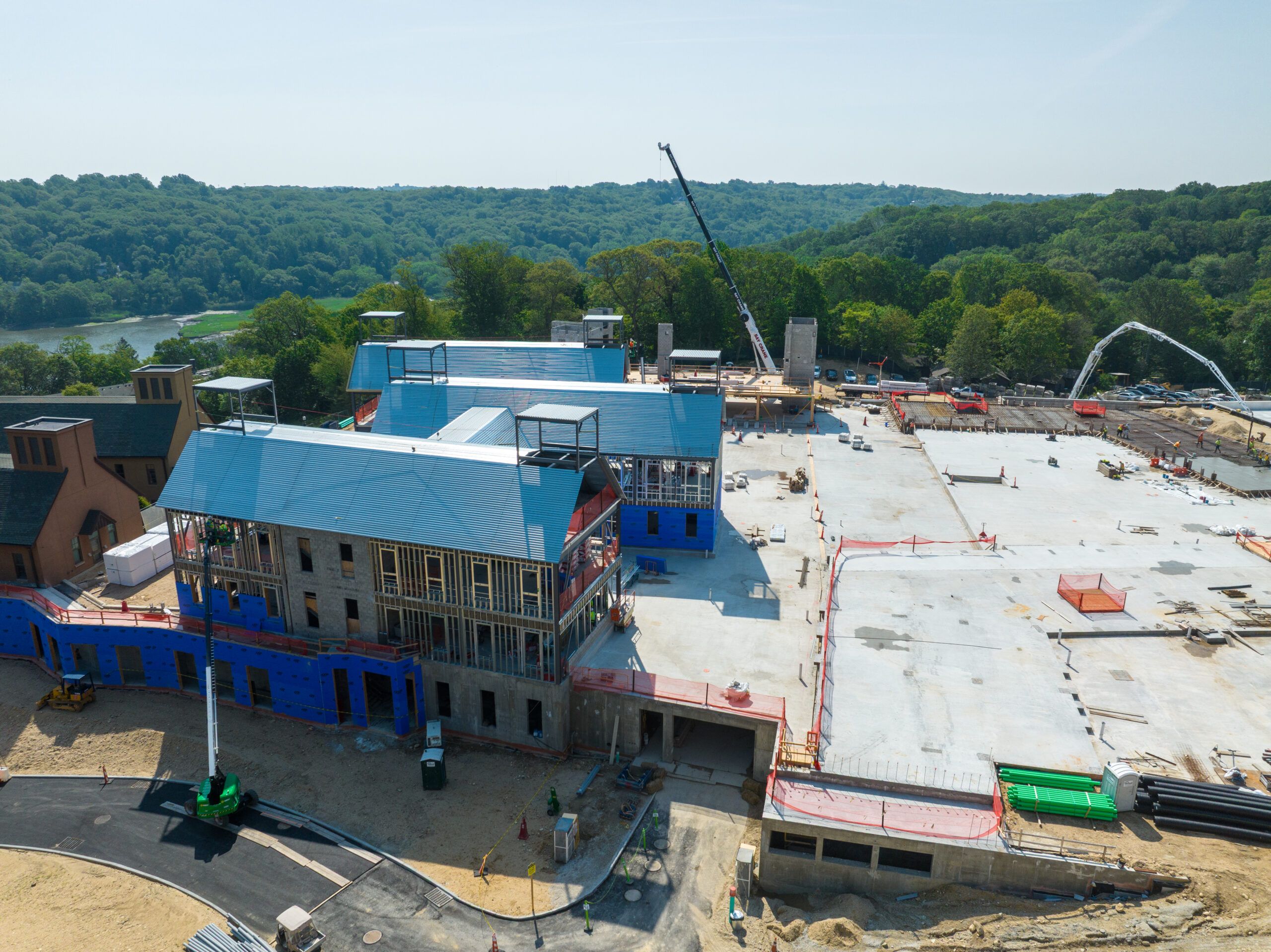Getting into a car accident is the kind of moment that can leave anyone feeling rattled, even if it’s just a minor fender bender. One second, everything is normal—then suddenly, there’s the screech of tires, the crunch of metal, and an instant flood of adrenaline. It’s easy to feel overwhelmed but knowing exactly what to do can make all the difference in protecting both legal rights and financial interests.
This car accident response in Idaho guide breaks down the essential steps to take after a crash, ensuring that nothing important is overlooked. Whether it’s a simple bumper tap or a serious collision, these actions help safeguard the situation and avoid costly mistakes down the road.
1. Prioritize Safety First
The immediate aftermath of an accident can be chaotic, but safety always comes first. If possible, move vehicles out of traffic to a safe spot, such as the shoulder of the road or a nearby parking lot. When moving isn’t an option, turn on hazard lights to warn other drivers.
Before worrying about insurance or paperwork, check for injuries. Even seemingly minor impacts can cause hidden injuries, so it’s essential to assess how everyone is feeling. If there’s any doubt about an injury’s severity, calling 911 is always the right choice. Medical professionals can evaluate the situation properly, and having an official record of injuries can be crucial later on.
2. Call the Police – Even for Minor Accidents
Some drivers hesitate to call law enforcement, especially when damage appears minimal. But a police report can be invaluable, providing an official account of what happened. This document can be a key piece of evidence in case the other driver changes their story or an insurance company tries to dispute a claim.
When officers arrive, they’ll document the scene, take statements, and sometimes determine who was at fault. Be sure to provide honest, clear answers, but avoid admitting fault—even an innocent “I’m sorry” could be twisted later. Let the facts speak for themselves.
3. Gather Evidence Like a Pro
In the digital age, a smartphone is one of the most powerful tools after an accident. Snap photos of vehicle damage, license plates, street signs, skid marks, and any visible injuries. If there are witnesses, getting their contact information can be helpful in case a statement is needed later.
Insurance companies will rely on these details to determine fault and compensation, so the more documentation, the better. Even small details—such as weather conditions, traffic signals, or road hazards—can be significant when piecing together what really happened.
4. Exchange Information the Right Way
Every driver involved should share basic contact and insurance details but be cautious about oversharing. The must-have details include:
- Full name and contact information
- Insurance company and policy number
- Driver’s license and license plate numbers
- Vehicle make, model, and color
- Location of the accident
There’s no need to discuss who was at fault on the scene—insurance companies and possibly attorneys will handle that later. Keeping conversations focused on the facts helps prevent misinterpretations.
5. Notify the Insurance Company (but Be Careful What You Say)
As soon as possible, report the accident to the insurance company. Most policies require prompt notification, and delays could lead to complications when filing a claim.
However, be mindful of how details are shared. Stick to the facts—what happened, where it happened, and who was involved. Avoid speculating about injuries or accepting blame, as these statements could be used against the claim later. If the other driver’s insurance company calls, it may be best to consult with a lawyer before giving a statement.
6. Seek Medical Attention, Even if Everything Seems Fine
Adrenaline can mask pain, and some injuries—like whiplash or internal bruising—take hours or even days to appear. A visit to a doctor not only ensures proper care but also creates a medical record linking any injuries to the accident. This documentation is essential if a claim for medical expenses or pain and suffering needs to be filed later.
7. Watch Out for Insurance Tactics
Insurance adjusters may act helpful, but their job is to save the company money. They might offer a quick settlement that seems fair at first glance, but these initial offers often fall short of covering all damages, including future medical costs.
It’s important to understand the full extent of injuries and damages before accepting any offers. Consulting an attorney who specializes in car accidents can help ensure fair compensation, especially when dealing with medical bills, lost wages, and pain and suffering.
8. Consult a Lawyer When Needed
Not every accident requires a lawyer, but in cases involving serious injuries, disputed fault, or complicated insurance issues, legal guidance can be invaluable. A skilled attorney can negotiate with insurance companies, gather necessary evidence, and even represent a case in court if needed.
Many accident attorneys offer free consultations, making it easier to understand legal options without upfront costs. Getting legal advice early can prevent costly mistakes and ensure that any compensation reflects the true impact of the accident.
Final Thoughts
A car accident can turn life upside down in an instant but knowing what steps to take afterward makes a big difference. Prioritizing safety, gathering evidence, and handling insurance companies wisely all help protect financial and legal interests.
While no one ever plans to get into an accident, being prepared means staying in control of the situation, even in the most stressful moments. And when in doubt, seeking professional advice—from doctors, insurance experts, or attorneys—can provide clarity and peace of mind in the aftermath.











